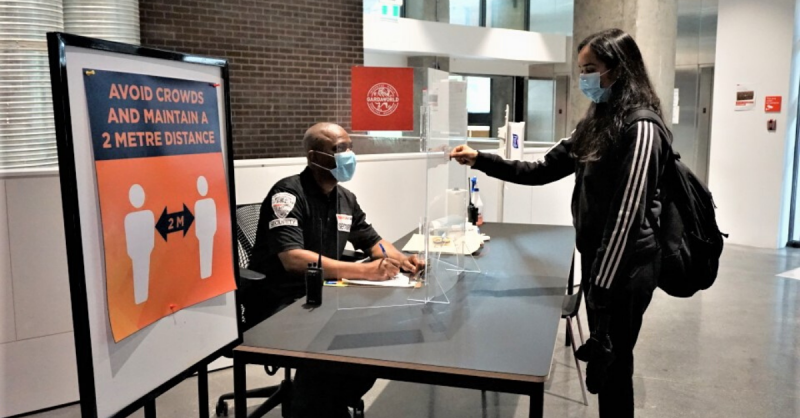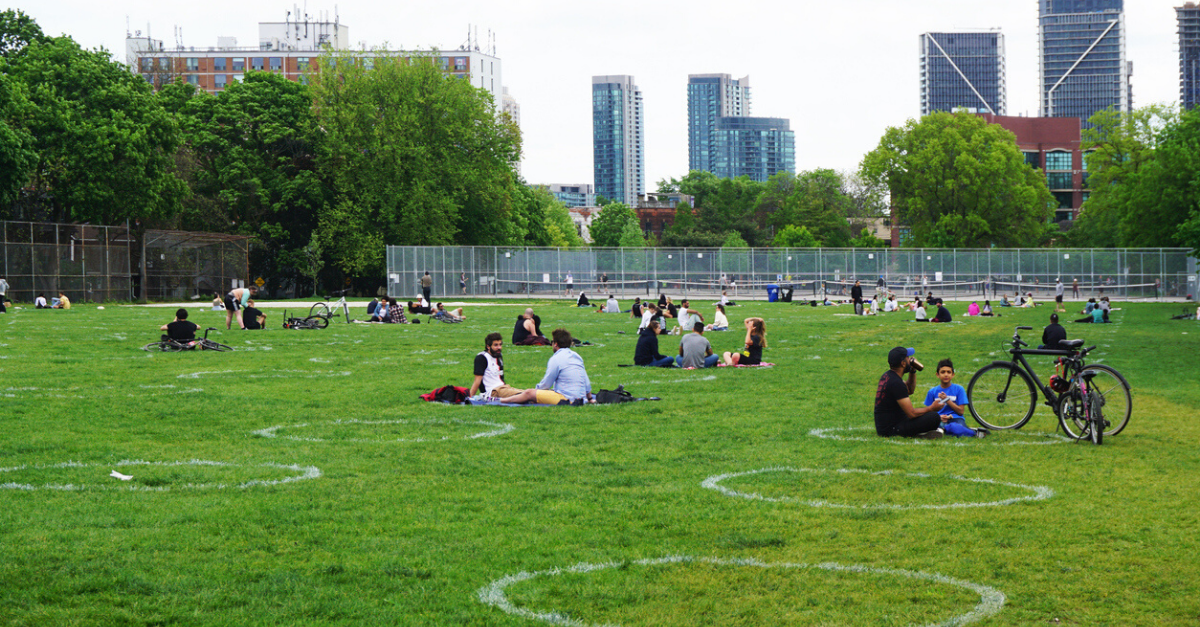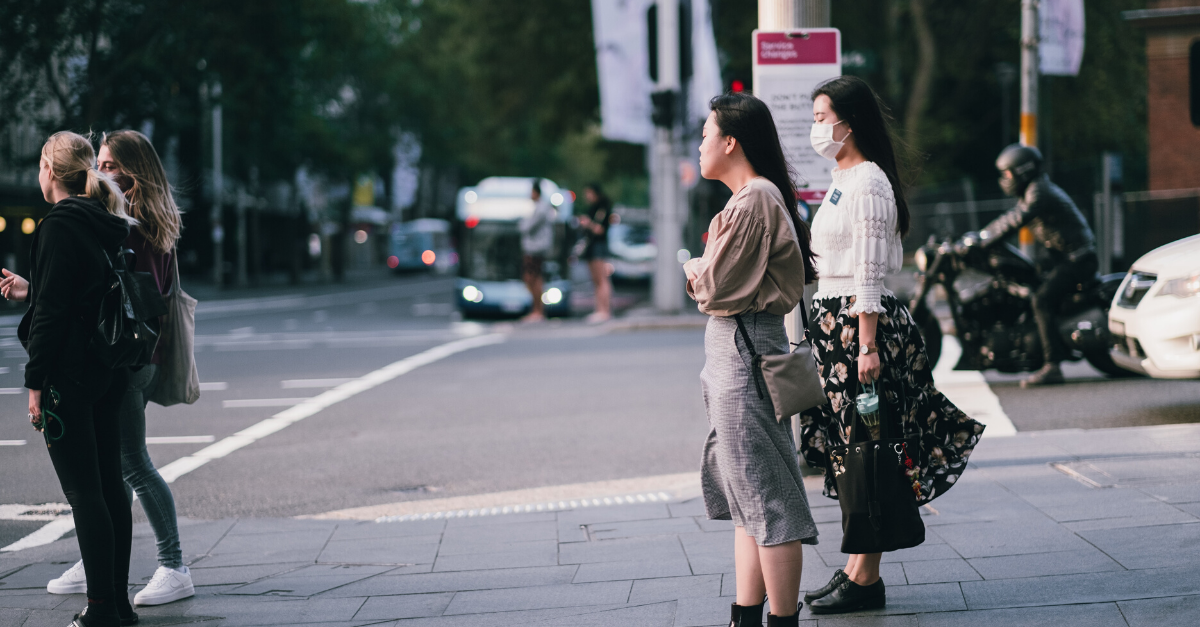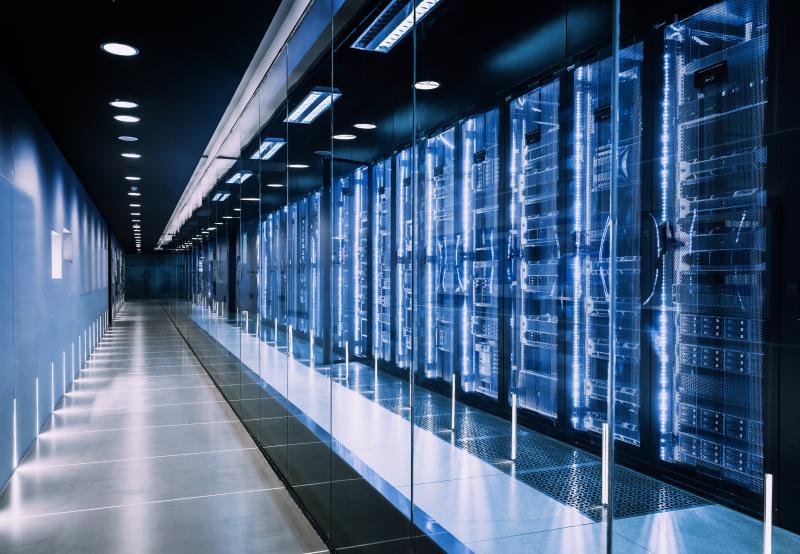
In April 2020, Amir Atri, CPP, Regional Director of Ontario sat down with Neil Sutton, Editor of Canadian Security magazine, to offer guidance to companies during a pandemic. Three months later, Amir sheds light on how the pandemic response has evolved and how businesses can brace themselves for the largely anticipated, potential second wave of the virus later this year.
Amir, thank you for taking the time to sit down today and share your pandemic response experience. In your original podcast recording, you stated you presumed the pandemic response phase would be longer than anticipated. Can you comment on the current pandemic status at this time in July 2020?
Thank you for having me. As anticipated, we have now entered a new way of life where precautions such as social distancing are an everyday requirement. Although local businesses that weren’t previously classified as an essential service are beginning to open, and we are seeing improvements in terms of the famous curve, Canadians need to continue to take preventative measures seriously. The pandemic is far from over. Certain annual events are getting cancelled until 2022. That, to me, paints a picture for the new expectations that we should be setting moving forward.
What pandemic risk trends have you witnessed emerge over the past few months?
Ontario was one of the Canadian provinces that was hit hardest over the course of the past few months with most of the economy still seeing lower input in July. I’ve seen a huge shift concerning time management. Canadians now need to balance their work-life components more than ever. The transition to a remote or virtual workforce made time-frames more rigid. Before the pandemic hit us, things like traffic could cause you to run late for a meeting. Now, the notion of everyone being in front of a computer at all times makes people appear available around the clock. If managed poorly, this can eventually take a toll on the work-life balance. The workforce needs to learn how to use all available technology, such as virtual events and meetings, to continue to function and achieve newly set objectives.
There’s also an increasing trend toward focusing on individual mental health and wellness. In times of isolation, fear of the unknown and such fluid changes, people have had difficulty coping with any new stressors. Fuses are shorter. We see examples of this often where tempers flare over seemingly small things that would have been swept under the rug in the past. New organizations are erupting to mitigate some of the challenges concerning overall wellbeing and a general sense of empathy is required now more than ever.
This summer will see a large decrease in standard seasonal activities such as various festivals and, of course, travelling. Have any security services experienced an increase in demand because of this shift?

Definitely. To expand on what I was just mentioning, as businesses slowly start to reopen, we’re experiencing a need for increased awareness and Non-Violent Crisis Intervention (NVCI) tactics to recognize anxiety signs or aggression from customers often shown through non-verbal cues. Some customers in a typical grocery store where masks have been declared mandatory by corporate decision-makers are showing signs of outrage and claiming their basic human rights are not being respected. Store clerks, for example, can recognize how to diffuse these types of behaviour from the source in a safe way with proper training techniques. At GardaWorld, we’re continuing to offer empathy-based training to our security professionals and encouraging them to react using what is known as “verbal Judo” to de-escalate any tense situations in a way that protects the person’s emotional state.
Also, what I’ll call the “remote workforce movement” has had an impact on the need for virtual services such as online training and remote guarding or surveillance methods. Luckily, we were already amply equipped to offer these types of services to our clients and had the capacity to extend that reach to organizations who were witnessing this shift for the first time. For example, select work sites that were higher risk would have traditionally had two guards on patrol. Due to social distancing and other precautionary measures, the same patrol was adapted to have a single employee patrolling with a heavy Closed-Circuit Television (CCTV) incorporation to ensure the worker’s safety during his rounds.
Do you have any “success stories” to share that you deem could be applied by other organizations?
At GardaWorld, we’re seeing front-line staff continuously go above and beyond the call of duty in multiple ways. Sometimes, what that looks like is saving a human life on the field. Other times, it’s finding innovative ways to remain a positive role in another person’s day. The addition of face-coverings and masks has made it more difficult for communication of “non-verbals” such as smiling in a customer service role. We need to learn to be more vocal about acts of kindness. As people continue to struggle to stay connected during the pandemic where we’ve been physically forced apart, it seems trivial, but the smallest acts of kindness can make all the difference when offered safely.
A lot of entities are approaching the concept of a potential “second wave” of the virus; expected to hit sometime in the fall. What are your thoughts on this? Are there ways to eliminate that possibility?

In my podcast episode, I spoke about the importance of developing a business impact analysis. Hopefully, any organizations who hadn’t completed the exercise in April, were able to conduct one since then and can use that tool moving forward. It is immeasurably easier to adapt an existing plan in order to brace for the seemingly inevitable second wave that will hit Canada allegedly in the Fall of 2020. The good news is there is still time to buckle down and act to install infection prevention measures that are becoming increasingly more popular among Canadian businesses. I’m referencing the wearing of masks and/or face coverings, gloves, hand sanitizer stations, floor markings, temperature checks, appropriate indoor and outdoor signage to express health & safety protocols, social distancing reinforcement, etc. when applicable to continue to control the effects we’ve seen of this specific virus.
Different provinces and health organizations have put recommended methods and guidelines to increase our chance of keeping the pandemic under control. With the right precautions, any resurgence of the virus can be minimized.
In the meantime, what would you suggest businesses prioritize while continuing to improve their operations and adapt to the pandemic’s effects?
Continue to communicate with your stakeholders effectively. Businesses who have successfully adapted throughout the pandemic are all solid communicators. They keep employees informed and train them to be infection prevention ambassadors within the workplace. If you have a team of people committed to stopping infection at all angles, the risks can be mitigated quicker. You should also raise awareness concerning any remaining risks to your workforce and to your workplace. Whether they be hygiene-related, business layout adaptations (some have installed one-way hallways to reduce the risk of exposure during standard foot traffic), implementing new health and safety measures, or even hiring a security guard, you need to act now.
We also need to be aware that there may be a possibility for the virus to evolve. For example, if health professionals start discovering an increased airborne capacity, this will present additional challenges. I urge everyone to evaluate and review their response plans should we be required to take additional precautions to keep Canadians safe moving forward. In the meantime, I encourage everyone to follow federal and provincial health authority recommendations, such as wearing a mask, to continue to fight the spread of this pandemic.
Amir, thank you again for sharing this new information as the pandemic recovery process continues. We hope that organizations will gain from your insight and learn where they may need additional support to address any remaining risks in their workplace.
It’s my pleasure to help in any way possible. Our Canadian security professionals are ready to assist with any infection prevention measures, or other pandemic response tactics, as needed. Together, we can and will get through this.
For more information on our pandemic response services, click here.
To listen to the original Canadian Security magazine pandemic response podcast episode, click here.








